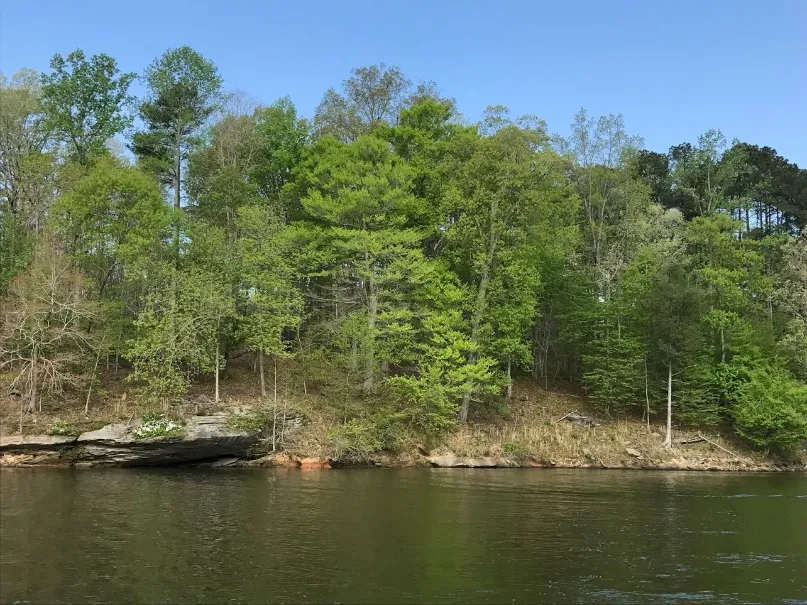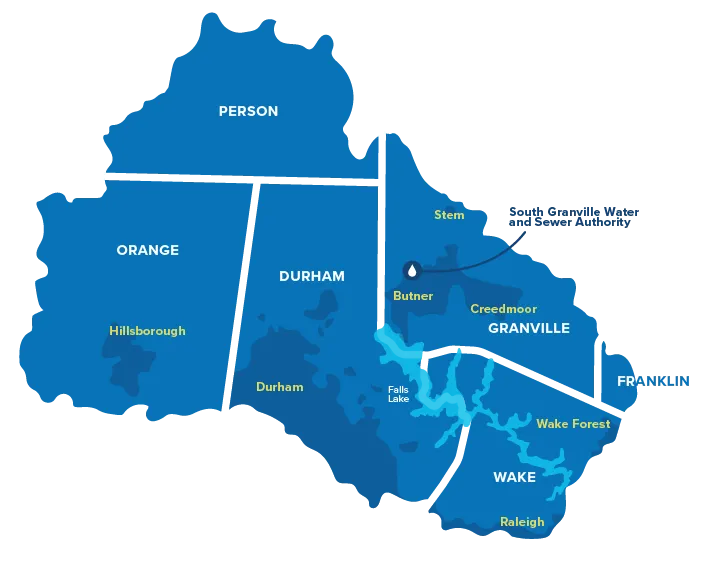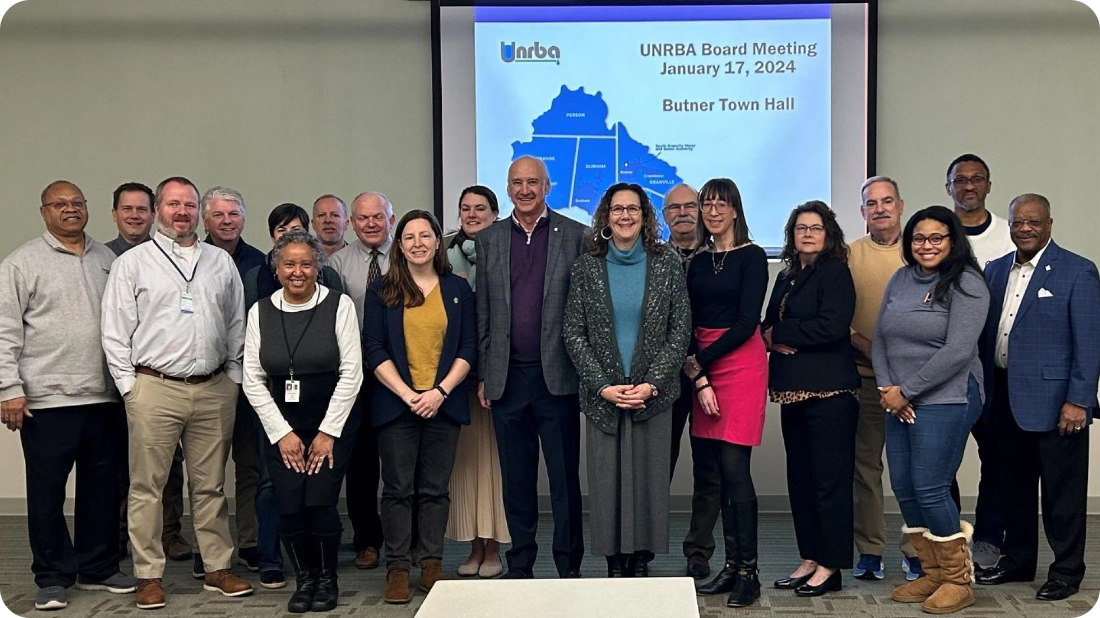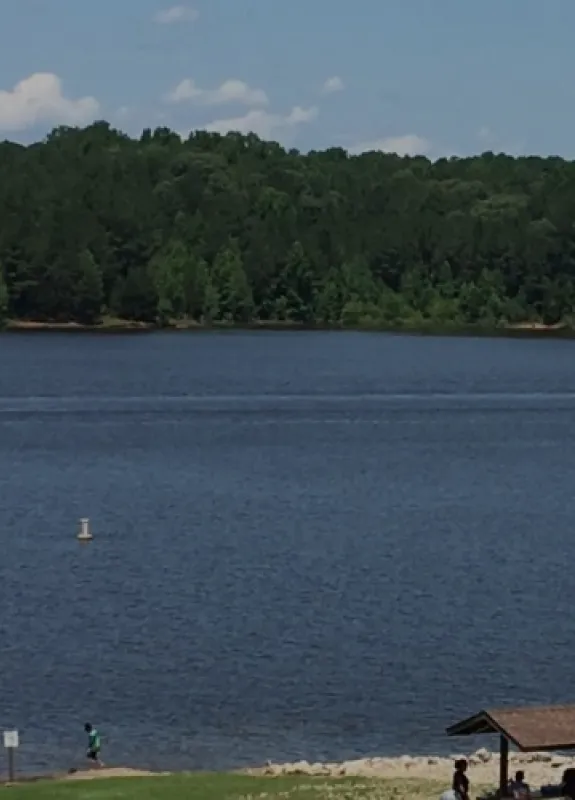half-content-main-title
The Association

Mission
The Upper Neuse River Basin Association (UNRBA) was formed in 1996. Thirteen local governments and a utility formed the Association. The UNRBA initially provided a forum for cooperation and discussion of water quality issues. In 2011, the UNRBA shifted its focus to management and study of the watershed and lake.
The primary mission of the UNRBA is to preserve the water quality of Falls Lake and its watershed. The Association has developed innovative and cost-effective pollution reduction strategies to meet this mission. Key elements of the UNRBA approach are
- Forming a collaborative coalition
- Securing and pooling financial resources and expertise
- Collecting and analyzing information and data
- Developing consensus-based strategies
- Implementing projects and activities to reduce and manage nutrients.

Local Governments and Utilities in the UNRBA
UNRBA member jurisdictions and utilities are listed here.
Board of Directors

Each UNRBA member organization elects one Director and one or two Alternate Directors. These representatives serve on the UNRBA Board of Directors. The Board is the primary decision-making entity of the Association. Contact information for Board Directors is available at the local government or utility websites. The Directors and Alternates are listed here.
The Board of Directors meeting schedule and materials are available on the meeting page.

Executive Director
Forrest Westall was named Executive Director of the UNRBA in January 2012. Forrest's professional career spans more than 45 years. He has devoted his career to the wise stewardship of water resources in North Carolina. Forrest has extensive experience in water quality management. He helped develop and administer most every aspect of NC's Water Quality Program. He has directly contributed to the development of laws, regulations, and procedures that influence how the State manages surface waters.
Additional information about the Executive Director is available here.
UNRBA Bylaws and Guidance Documents
The UNRBA Bylaws and guidance documents are listed below:
